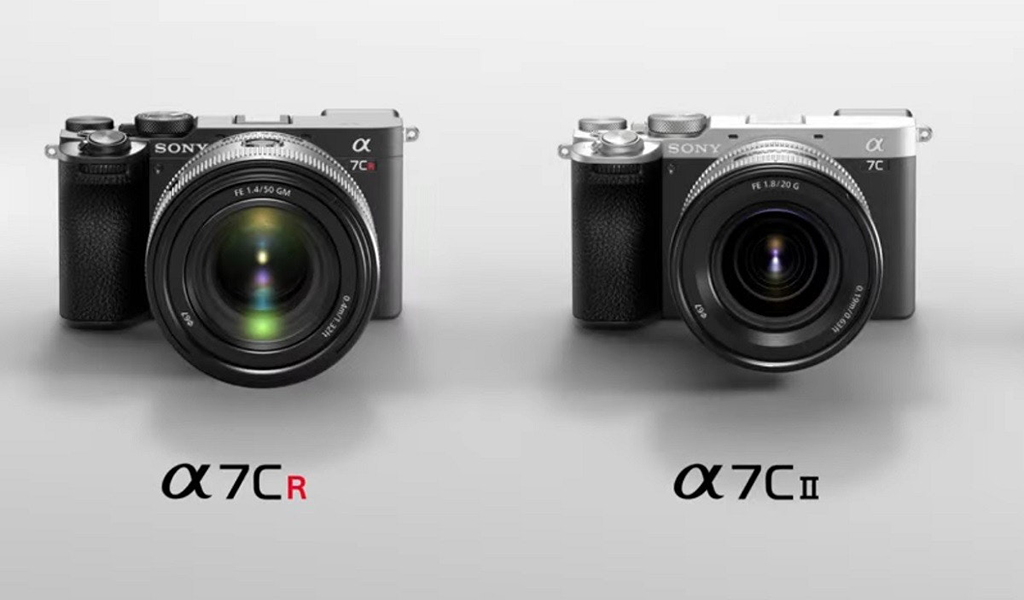
Sony is adding two new mirrorless cameras to its already wealthy lineup in the form of the A7CR and A7C II, along with a new G Master II lens. The two cameras are direct successors to the A7C that launched in 2020, sharing many of the same design traits and specs, while diverging in other key respects.
They’re both compact cameras in comparison to others in the A7 line, so could appeal to photographers and vloggers looking to shed some size and weight. Both are also fully compatible with the new 16-35mm GM lens, as well as all other E-mount Sony lenses.
How the A7C II and A7CR compare
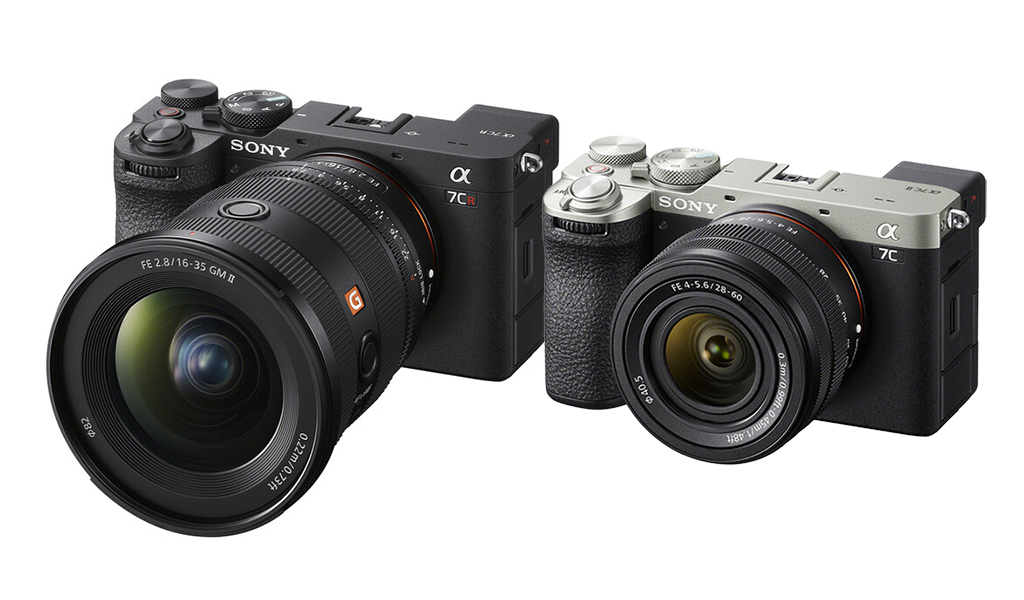
Save for some aesthetic differences, the two cameras look a lot alike. The A7CR will come with a separate handgrip, while the A7C II will have it as a separately sold accessory. They both weigh the same, have the same buttons and controls, and use the same processor inside. They even use the same batteries.
The biggest contrast between the two lies in their respective image sensors. You get a 33-megapixel BSI Exmor R CMOS sensor with the A7C II, which is the same one that first debuted in the A7 IV. The A7CR (“R” for resolution) gets a 61-megapixel BSI Exmore R CMOS sensor that was first equipped in the A7R IV and A7R V. Both should be very adept at capturing light in low-light and night settings because their sensors are backside illuminated, but the higher resolution in the A7CR means it will be easier to crop without losing much image quality.
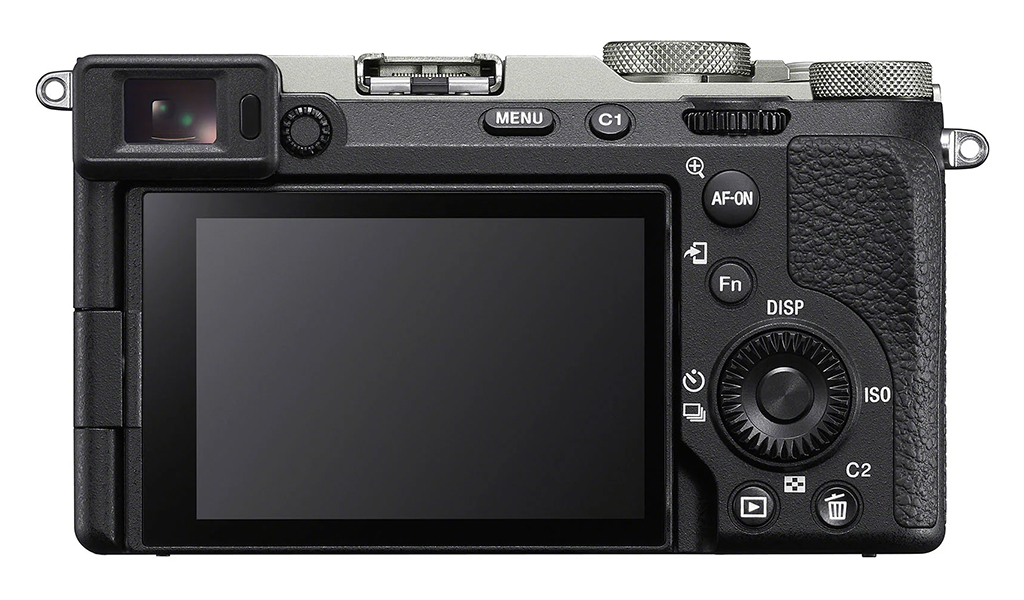
Importantly, the built-in AI processing unit comes from that used in the A7R V, so you will get the same exact autofocus and subject-tracking with either of these cameras. Indeed, all of that should work faster in both models because the BIONZ chipset has considerably more power than the previous one in the original A7C.
If you were hoping for a second UHS-II memory card slot, you won’t get it here. Both models stick to the single slot the previous one had. The electronic viewfinder gets a very slight bump up in clarity, and the rear LCD screen fully articulates, which is great news when you want to shoot at tough angles or take selfie videos.
Photography and video features
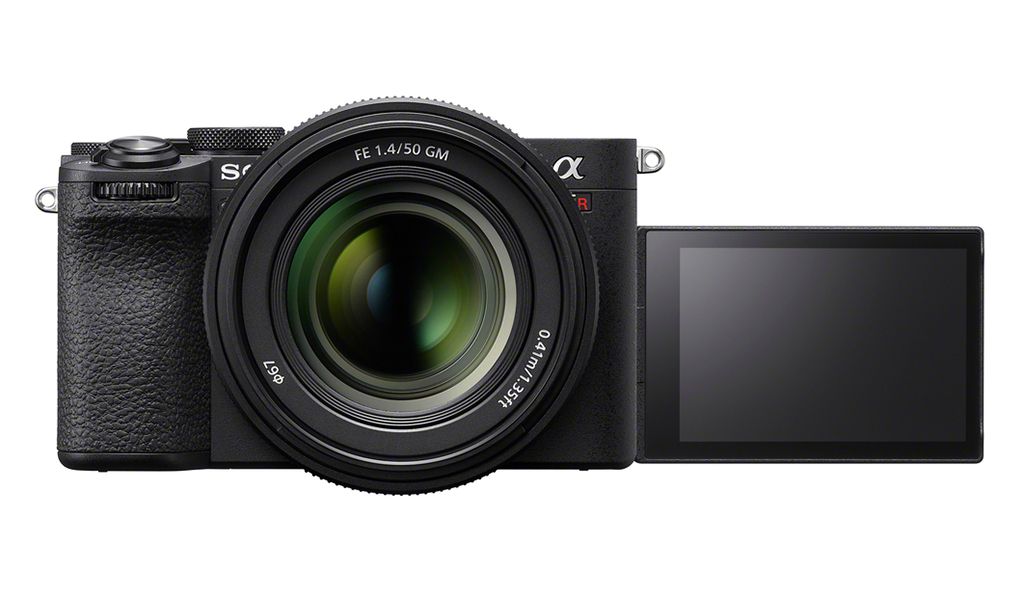
One thing the A7CR has that the II doesn’t is the Pixel Shift Multi-Shooting mode that lets you capture up to 16 images together, which are then stitched together in Sony’s Imaging Edge Desktop software to create a massive 241-megapixel image. AI in the software works to blend them together smartly, taking into account small movements, be it leaves in the wind or people in the background to produce an accurate and usable photo.
It also has the same Lossless Compressed RAW format that Sony first introduced in the Alpha 1. It reduces RAW file sizes, though Sony also added extra options for medium or small compression sizes. There’s even an option to switch from a 61-megapixel full-frame shot to a 26-megapixel cropped one to emulate a smaller APS-C sensor. As for burst shooting, be it an electronic or mechanical shutter, you get 10fps with the A7C II and 8fps with the R version.
The A7CR has an advantage in video recording because it can record footage up to 4K at 60fps, whereas the A7C II does 30fps. They’re otherwise pretty much the same, including 10-bit HDR and slow-motion at 120fps in 1080p. On top of that, both take the Auto Framing feature seen in the vlogger-friendly ZV-E1, along with the Multi Interface hot shoe to work seamlessly with select Sony microphones.
In-body stabilization looks to be among the best Sony offers, so either camera could be ideal for action photograpy and video. Battery life is also roughly similar based on Sony’s own ratings, suggesting you can get 500-540 shots per charge. That’s not especially high, so a backup battery might be wise to have if you’re out in the field all day.
New FE 16-35mm F2.8 GM II lens
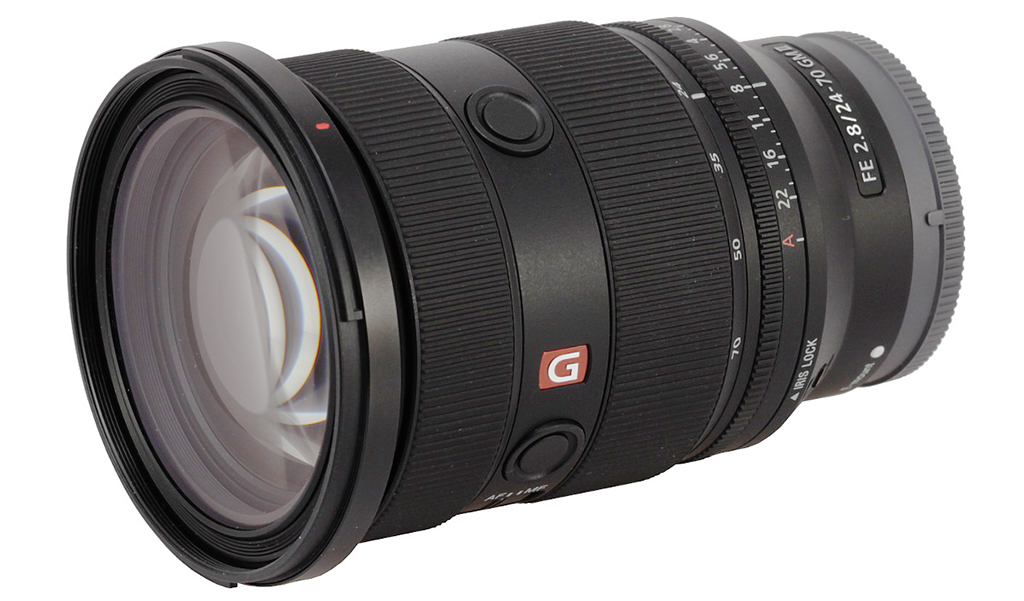
Sony also unveiled a new major lens with the 16-35mm G Master II. This one follows up from what was considered one of Sony’s best, and brings something new to the mix. The company says it’s 10% smaller and 20% lighter than its predecessor, which is great news for anyone travelling with it. Smoother and sharper, Sony claims the lens will produce sharper results in the corners and along the edges, along with better macro shots as close as 22cm away and less chromatic aberration throughout. It’s also made to cater to videographers who want something smooth and silent, including faster focusing and less focus breathing.
Coming soon
You can pre-order the Sony A7C II in sliver or black now body-only or with the 28-60mm kit lens, and the A7CR in body-only in silver or black as well. The new G Master II lens is also available for pre-order.



